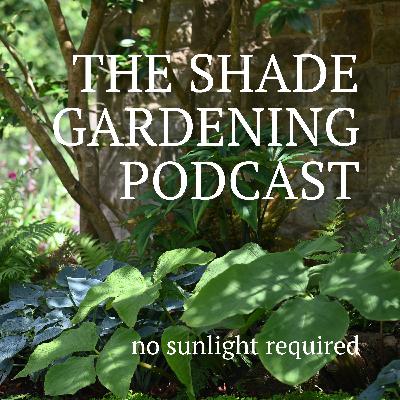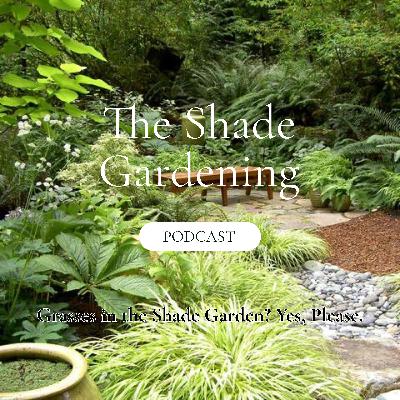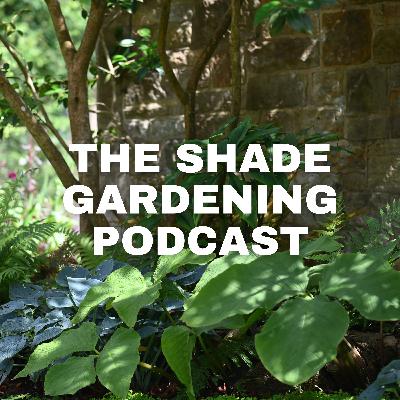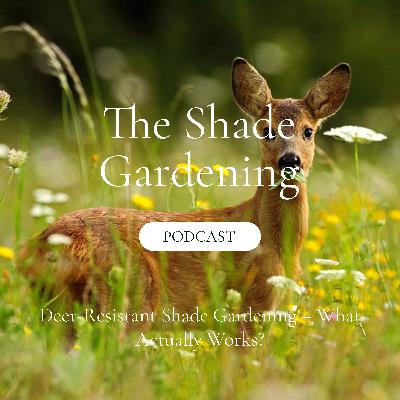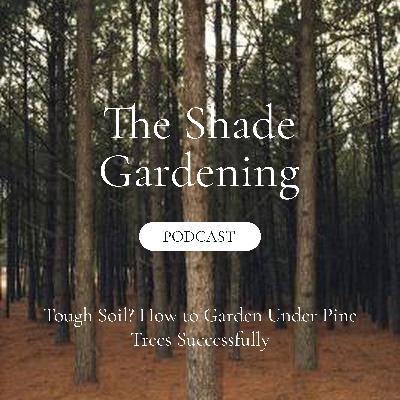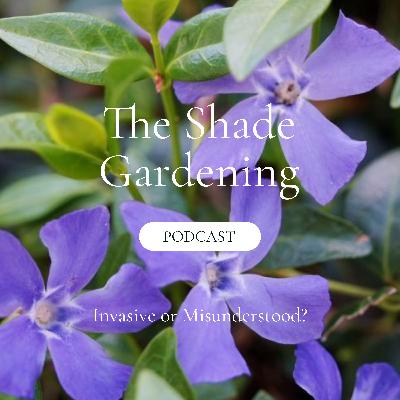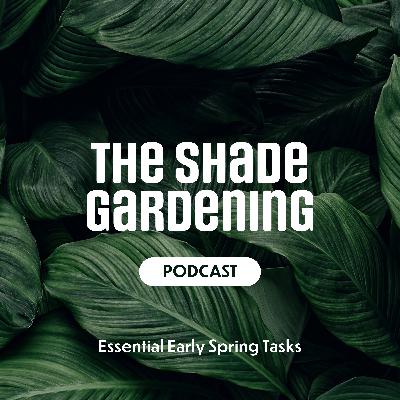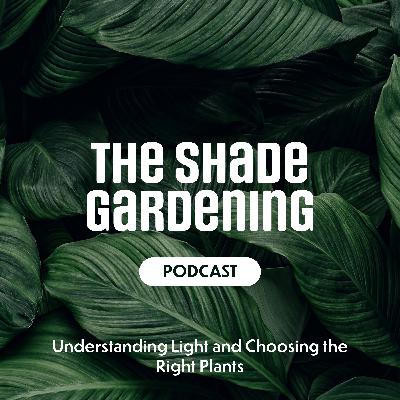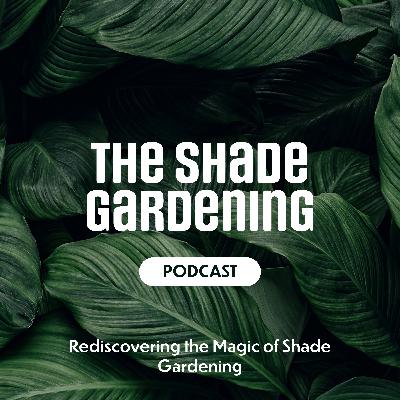Moisture-Loving Plants for Damp, Shaded Areas
Update: 2024-10-16
Description
Welcome back to The Shade Gardening Podcast! In this episode, we’re tackling one of the trickiest gardening challenges—damp, shaded areas that tend to stay wet after rainfall or remain boggy throughout the season. These areas can be tough to manage, but with the right plant selection, you can turn them into lush, thriving spaces full of texture, colour, and life.
We’ll start by discussing the unique conditions of wet, shaded spots, where poor drainage and limited sunlight can make it difficult for many plants to survive. Then, we’ll explore a variety of moisture-loving plants that actually thrive in these environments. From bold foliage to colourful blooms, these plants will help transform those waterlogged areas into stunning features of your garden.
Some of the plants we’ll cover in this episode include:
Ferns (Athyrium niponicum ‘Pictum’, Ostrich Fern): Known for their lush, feathery foliage, ferns bring a soft, elegant texture to shady, wet spots.
Rodgersia: With its large, dramatic leaves and fluffy flower spikes, Rodgersia adds structure and thrives in moist, shaded conditions.
Ligularia: A striking plant with bold foliage and bright yellow flowers, Ligularia is perfect for adding height and colour to consistently wet areas.
Astilbe: Offering delicate, feathery blooms in shades of pink, white, and purple, Astilbe is ideal for planting near water features or in damp, shady spots.
Hostas: Some varieties of Hostas are perfect for damp conditions, adding large, architectural leaves that create a tropical feel.
Primula japonica (Japanese Primrose): A shade-tolerant primrose that produces vibrant blooms in boggy or waterlogged areas, perfect for adding colour and height.
We’ll also discuss design tips for layering these plants, creating multi-dimensional garden beds by combining tall plants like Rodgersia with low-growing ferns. You’ll learn how to use moisture-loving plants to enhance areas near ponds, streams, or other wet spots while preventing soil erosion and improving drainage.
We’ll wrap up by offering care tips on watering, fertilizing, and pruning, as well as how to protect these plants during the winter to ensure they come back strong year after year.
Join us as we explore the best ways to turn your damp, shaded areas into vibrant, flourishing spaces! Don’t forget to subscribe, leave a review, and visit the blog for more shade gardening tips. Thanks for tuning in, and happy gardening!
We’ll start by discussing the unique conditions of wet, shaded spots, where poor drainage and limited sunlight can make it difficult for many plants to survive. Then, we’ll explore a variety of moisture-loving plants that actually thrive in these environments. From bold foliage to colourful blooms, these plants will help transform those waterlogged areas into stunning features of your garden.
Some of the plants we’ll cover in this episode include:
Ferns (Athyrium niponicum ‘Pictum’, Ostrich Fern): Known for their lush, feathery foliage, ferns bring a soft, elegant texture to shady, wet spots.
Rodgersia: With its large, dramatic leaves and fluffy flower spikes, Rodgersia adds structure and thrives in moist, shaded conditions.
Ligularia: A striking plant with bold foliage and bright yellow flowers, Ligularia is perfect for adding height and colour to consistently wet areas.
Astilbe: Offering delicate, feathery blooms in shades of pink, white, and purple, Astilbe is ideal for planting near water features or in damp, shady spots.
Hostas: Some varieties of Hostas are perfect for damp conditions, adding large, architectural leaves that create a tropical feel.
Primula japonica (Japanese Primrose): A shade-tolerant primrose that produces vibrant blooms in boggy or waterlogged areas, perfect for adding colour and height.
We’ll also discuss design tips for layering these plants, creating multi-dimensional garden beds by combining tall plants like Rodgersia with low-growing ferns. You’ll learn how to use moisture-loving plants to enhance areas near ponds, streams, or other wet spots while preventing soil erosion and improving drainage.
We’ll wrap up by offering care tips on watering, fertilizing, and pruning, as well as how to protect these plants during the winter to ensure they come back strong year after year.
Join us as we explore the best ways to turn your damp, shaded areas into vibrant, flourishing spaces! Don’t forget to subscribe, leave a review, and visit the blog for more shade gardening tips. Thanks for tuning in, and happy gardening!
Comments
In Channel


